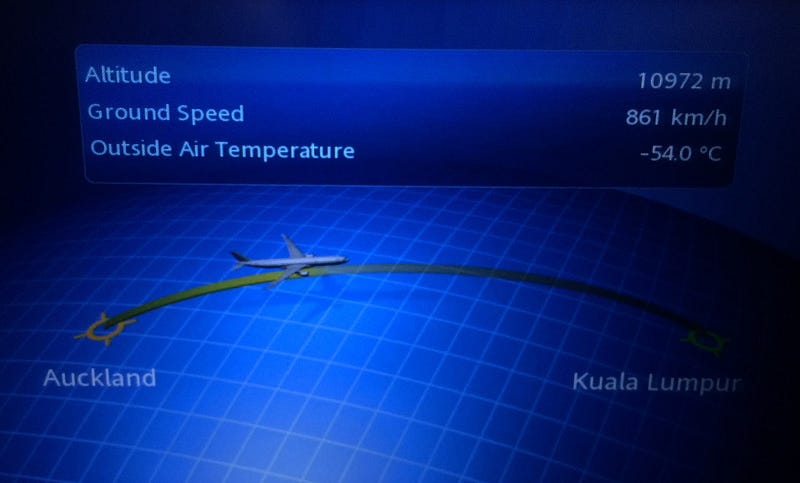This article was originally published on Linked In.
Interactive flight maps are a great way to kill time on long-haul flights. Few In-Flight Entertainment (IFE) systems get the geography wrong on these maps. Take a look at this one, I happened to be in last year.
On a standard world map, we know that Auckland is far far away from Kuala Lumpur to its right. On this map shown above, representation shows that Kuala Lumpur is to the right of Auckland, and the flight is flying from Auckland to Kuala Lumpur.
As you may notice, a natural mapping is missing on the interactive map since the location of Auckland and Kuala Lumpur are reversed.
Mapping is a technical term meaning the relationship between two things. Consider the steering wheel in a car. To turn the car to the right, one must turn the steering wheel clockwise, so that its top moves to the right. This mapping is easily learned and always remembered while changing directions of the car. In fact, turning the car to the right maps naturally with our right arm turning to the right, as a mental model. This is natural mapping, natural because it naturally maps to how humans use their body and mental models. The human mind is trained for natural mapping.
Natural mapping takes advantage of physical analogies and cultural standards (Another example — red traffic light means stop; green means go).
Great products apply natural mapping to design enchanted experiences.


